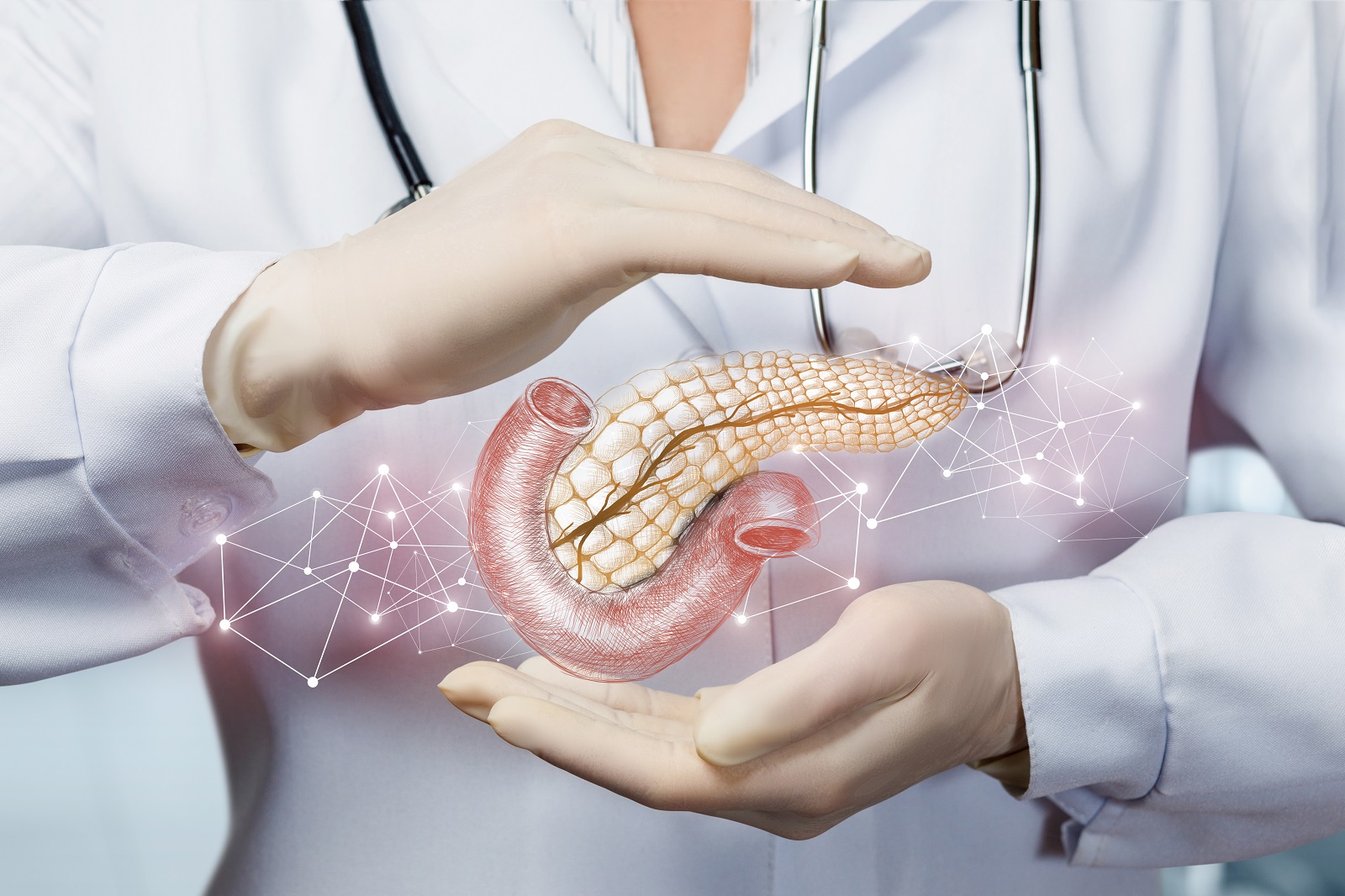Pancreatic Cancer is one of the forms of cancer that results when the pancreas’ cells pancreas go out of control and grow into an actual tumor. With a 5-year survival rate of only 10%, it is the most fatal type of cancer. This article will provide symptoms, causes, and treatment options, as well as ways to reduce the risk of developing pancreatic Cancer.

The Reasons
The exact causes of pancreatic cancer are unknown, but several risk factors have been identified. Toxicology is the primary threat factor to pancreatic cancer. Smokers are between two and three times more likely cancer than people who don’t. Other risk factors are being older, having a the history of family members with pancreatic cancer as well as obesity, chronic pancreatitis, as well as certain genetic mutations.
Signs and symptoms
The pancreatic cancer does not usually cause any symptoms during its early stages, which makes it difficult to recognize. It can trigger symptoms like:
Abdominal pain radiating into the back
Weight loss and appetite loss reduction
Jaundice refers to a yellowing or fading of the skin and eyes.
Nausea and vomiting
Fatigue
If you notice one of these signs it is imperative to see the doctor as soon as you can. A prompt diagnosis is essential for successful treatment.
Diagnosis
If your physician suspects you have pancreatic cancer, they could order multiple tests to confirm the diagnosis. You may need to have imaging tests like CT scans or MRI scans, and a biopsy to take some of the tissue to be examined.
Treatment
The treatment of pancreatic cancer is based on the stage and location of the tumor, as well as the general health of the patient. The options for treating pancreatic carcinoma include surgery, chemotherapy radiotherapy, other therapies.
Pancreatic cancer is typically operated on, especially when the tumor is located in the pancreas’s head. Surgery is designed to eliminate the cancerous tissue and any other surrounding tissues that might contain cancerous cells. Surgery may not be feasible when the tumor is located in the body or the tail part of the pancreas.
Chemotherapy employs chemotherapy drugs to destroy cancer cells. Chemotherapy is usually used in conjunction with radiation therapy and surgical procedures. Chemotherapy can be administered via intravenously, or orally. It can trigger nausea, vomiting, and hair loss.
Radiation therapy uses high-energy radiation to destroy cancer cells. It can be used alone or in combination treatment and surgery. Radiotherapy can cause skin irritation and fatigue.
Reducing your risk
While there isn’t a cure for pancreatic cancer, there are some ways you can reduce your chance of developing it. This includes:
To decrease your risk of developing pancreatic cancer, quit smoking.
A healthy weight is important to reduce the chance of developing pancreatic cancer.
Consume a balanced diet. Consuming a diet that is rich in vegetables, fruits and whole grains will help lower your chances of getting pancreatic carcinoma.
Limiting alcohol consumption: Heavy drinking has been linked with an increase in the risk of pancreatic cancer.
Treatment of chronic diseases It is possible to lower your risk of developing the condition by consulting with your physician when you suffer from diabetes or pancreatitis.
Pancreatic cancer can be fatal and must be treated immediately. It is vital to seek medical attention right away when you experience any signs of pancreatic cancer. It is possible to take control of your health by recognizing the risks and taking steps to lower your chance of getting this deadly disease.
For more information, click pancreatic cancer research fund